Yellow jackets are often mistakenly called “bees” due to their
striking similarity in size and appearance. However, yellow jackets are
actually wasps that have black and yellow stripes on the body.
These small insects are often seen foraging for food and usually do not sting unless physically threatened. If they feel their nest is in danger, they start defending it and in the process may attack people around them.
The sting of a yellow jacket is painful, and each of them is capable of delivering multiple stings.
A mild sting can cause redness, swelling, pain, itching and inflammation in the affected area. Such minor cases can be treated at home with basic first aid and simple kitchen ingredients.
However, yellow jacket stings may lead to severe allergic reactions in some individuals, causing symptoms like difficulty swallowing, slurred speech, confusion, weakness, difficulty breathing, tightness in the chest, swelling of the tongue, vomiting and fainting.
If you experience any of these symptoms, seek medical attention immediately.
With quick treatment, the symptoms of mild stings tend to subside within 24 to 72 hours. Before applying any treatment, make sure that the stinger is not embedded in the skin.
If a stinger is stuck in the skin, scrape it away it with a blunt knife or a pair of tweezers and wash the area with soap and water.
Do not try to squeeze the stinger out, as it will release more venom into your system and make the condition even worse
Then, you can try some natural remedies for quick relief from the symptoms.
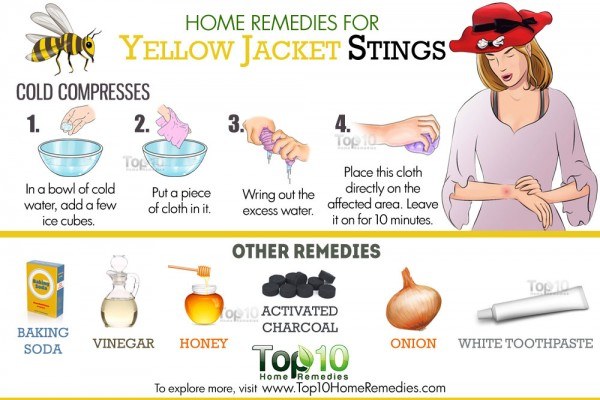
Here are the top 10 home remedies for yellow jacket stings.
A 2006 study published in the Clinical Techniques in Small Animal Practice reports that ice or cool compresses along with topical lidocaine or corticosteroid lotions are critical in successful management of yellow jacket stings.
Note: Never put ice directly on the skin, which can cause frostbite.
Plus, being an anti-inflammatory agent, it helps reduce swelling, inflammation and redness.
It also helps neutralize the acid in the venom to relieve pain and itching.
Plus, it has antibacterial properties that prevent infection.
Honey also works for wasp and hornet stings.
Also, the antibacterial property reduces the risk of an infection, which can delay healing.
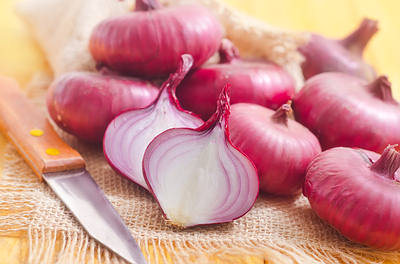
Onions are another highly effective natural home remedy for yellow jacket stings. They help reduce swelling and soothe the itching caused by these small insects.
Plus, their strong smell repels insects and prevents them from stinging again.
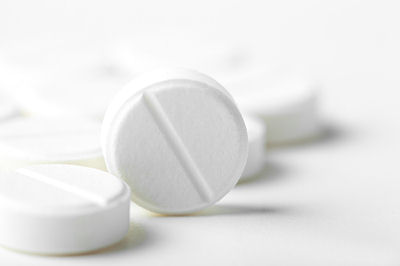
Aspirin is also a highly beneficial home treatment for yellow jacket stings. It helps neutralize the venom for quick recovery from the symptoms. It also has anti-inflammatory properties that help control pain and swelling..
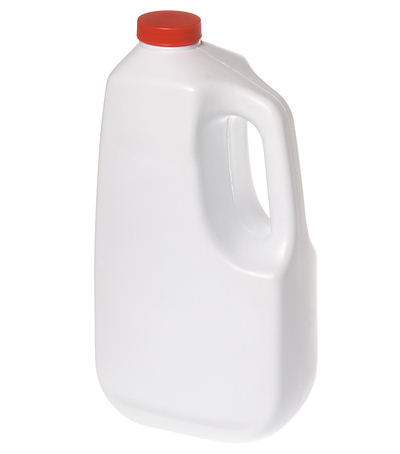
As ammonia is alkaline in nature, it counteracts the acidic toxins in insect venom and provides quick relief from the symptoms. It can stop the stinging sensation as well as reduce pain and itching.
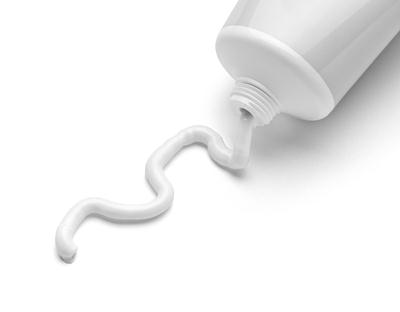
Even the white toothpaste that you use for brushing your teeth can come to your rescue when stung by yellow jackets. It helps neutralize the acidic venom, which in turn provides quick relief from pain and swelling.
Additional Tips
Source Click here
These small insects are often seen foraging for food and usually do not sting unless physically threatened. If they feel their nest is in danger, they start defending it and in the process may attack people around them.
The sting of a yellow jacket is painful, and each of them is capable of delivering multiple stings.
A mild sting can cause redness, swelling, pain, itching and inflammation in the affected area. Such minor cases can be treated at home with basic first aid and simple kitchen ingredients.
However, yellow jacket stings may lead to severe allergic reactions in some individuals, causing symptoms like difficulty swallowing, slurred speech, confusion, weakness, difficulty breathing, tightness in the chest, swelling of the tongue, vomiting and fainting.
If you experience any of these symptoms, seek medical attention immediately.
With quick treatment, the symptoms of mild stings tend to subside within 24 to 72 hours. Before applying any treatment, make sure that the stinger is not embedded in the skin.
If a stinger is stuck in the skin, scrape it away it with a blunt knife or a pair of tweezers and wash the area with soap and water.
Do not try to squeeze the stinger out, as it will release more venom into your system and make the condition even worse
Then, you can try some natural remedies for quick relief from the symptoms.

Here are the top 10 home remedies for yellow jacket stings.
Contents
1. Cold Compresses
To reduce pain and itching, apply cold compresses on the affected area before you put anything else on it. Cold compresses will reduce swelling and inflammation by numbing the nerves.A 2006 study published in the Clinical Techniques in Small Animal Practice reports that ice or cool compresses along with topical lidocaine or corticosteroid lotions are critical in successful management of yellow jacket stings.
- In a bowl of cold water, add a few ice cubes.
- Put a piece of cloth in it.
- Wring out the excess water, then place the cloth directly on the affected area.
- Leave it on for 10 minutes.
- Repeat 2 or 3 times, waiting 15 minutes between applications. If needed, repeat a few more times during the first 24 hours.
Note: Never put ice directly on the skin, which can cause frostbite.
2. Baking Soda
Baking soda is an effective natural cure for yellow jacket stings. The alkaline nature of baking soda helps neutralize the sting. This provides instant relief from pain and itching.Plus, being an anti-inflammatory agent, it helps reduce swelling, inflammation and redness.
- Mix 1 teaspoon of baking soda with a little water to make a paste.
- Apply the paste on the affected area for 5 to 10 minutes.
- Rinse it off with lukewarm water.
- If needed, repeat after a few hours.
3. Vinegar
Both white vinegar and apple cider vinegar work as effective remedies for insect bites and stings. The acetic acid present in vinegar has anti-inflammatory properties that help reduce swelling and inflammation.It also helps neutralize the acid in the venom to relieve pain and itching.
- Soak a cotton ball in raw, unfiltered apple cider or white vinegar. Hold the cotton ball over the affected area for 5 to 10 minutes. Repeat as needed.
- Alternatively, mix 1 tablespoon of white or apple cider vinegar with enough commercial meat tenderizer to make a paste. Apply the paste on the affected area for 30 minutes. Rinse it off with lukewarm water. Repeat as needed.
4. Honey
Honey is another great remedy that provides instant relief from the symptoms of a yellow jacket sting. The enzymes in honey help neutralize the venom at the affected site. This helps reduce the pain and itching within a few minutes.Plus, it has antibacterial properties that prevent infection.
Honey also works for wasp and hornet stings.
- Spread pure, raw honey generously on the affected area. Leave it on for about 30 minutes or until the honey dries out, then rinse it off with warm water. Use it as a lotion a few times daily for a couple of days.
- Alternatively, add honey to 1 teaspoon of turmeric to make a paste and apply it on the affected area. Allow it to dry, then rinse it off with lukewarm water. Repeat a few times daily for 2 days.
5. Plantain
Plantain leaves are often recommended by health experts for their healing properties for quick relief from yellow jacket sting symptoms. The anti-inflammatory nature of the leaves help reduce pain, swelling and itching.Also, the antibacterial property reduces the risk of an infection, which can delay healing.
- Extract the juice from the plantain leaves by crushing them gently with your hands. Apply the juice on the affected area. Allow it to dry, then rinse it off with lukewarm water. Repeat 2 or 3 times daily for a couple of days.
- You can also apply an over-the-counter plantain ointment on the affected area a few times a day to promote quick recovery.
6. Activated Charcoal
Activated charcoal also helps a lot when stung by a yellow jacket wasp. Its innate absorption property helps draw out and remove toxic substances from the body. When used immediately, activated charcoal will prevent swelling as well as pain.- On an ordinary band-aid, rub a slightly wet charcoal tablet until it is entirely black. Apply the band-aid on the affected area. Replace it with a new one after a couple of hours. Repeat as needed.
- Another option is to empty the contents of 2 or 3 charcoal capsules into a small bowl. Mix it with enough water to make a paste. Apply it on the affected area for a few hours, then rinse it off with lukewarm water. Repeat, if needed.
- You can also take activated charcoal capsules, after consulting a doctor.
7. Onion

Onions are another highly effective natural home remedy for yellow jacket stings. They help reduce swelling and soothe the itching caused by these small insects.
Plus, their strong smell repels insects and prevents them from stinging again.
- Slice an onion and rub it on the affected area for a couple of minutes, allowing the juice to do its magic. Let the juice sit for 15 minutes, then rinse it off with lukewarm water. Repeat as needed.
- Another option is to put a slice of onion on the affected area and wrap it with gauze to hold it in place. Leave it on for 30 minutes, then remove it and rinse the area with lukewarm water. Repeat, if needed.
8. Aspirin

Aspirin is also a highly beneficial home treatment for yellow jacket stings. It helps neutralize the venom for quick recovery from the symptoms. It also has anti-inflammatory properties that help control pain and swelling..
- Mix 2 or 3 regular aspirins with enough water to form a thin paste.
- Apply it on the affected area and allow it to dry on its own.
- Wash it off with lukewarm water.
- Repeat as needed.
9. Ammonia

As ammonia is alkaline in nature, it counteracts the acidic toxins in insect venom and provides quick relief from the symptoms. It can stop the stinging sensation as well as reduce pain and itching.
- Soak a cotton ball in straight household ammonia.
- Dab it on the affected area.
- Repeat as needed.
10. White Toothpaste

Even the white toothpaste that you use for brushing your teeth can come to your rescue when stung by yellow jackets. It helps neutralize the acidic venom, which in turn provides quick relief from pain and swelling.
- Dab a little white toothpaste on the affected area.
- Allow it to sit for a few hours, then rinse it off with lukewarm water.
- Repeat as needed.
Additional Tips
- When stung by a yellow jacket, immediately move to a safer area to prevent more stings.
- When a yellow jacket lands on you, try to keep calm and remove it carefully or just wait for it to fly away. Avoid tugging, pulling or shaking as it will only make the wasp even more aggressive.
- You may be tempted to smash a yellow jacket to get rid of it but avoid doing this. When crushed, these insects a release a pheromone that signals other yellow jackets nearby to attack.
- Immediately apply enzyme-based meat tenderizer mixed with some water in order to neutralize the venom.
- During the summer season, keep your food and drinks covered as these insects are often attracted to sweet foods and drinks.
- Also, keep your trash can covered at all times.
- Do not scratch the itchy sting site, as it may introduce bacteria into the skin and can cause infection.
Source Click here
Comments
Post a Comment